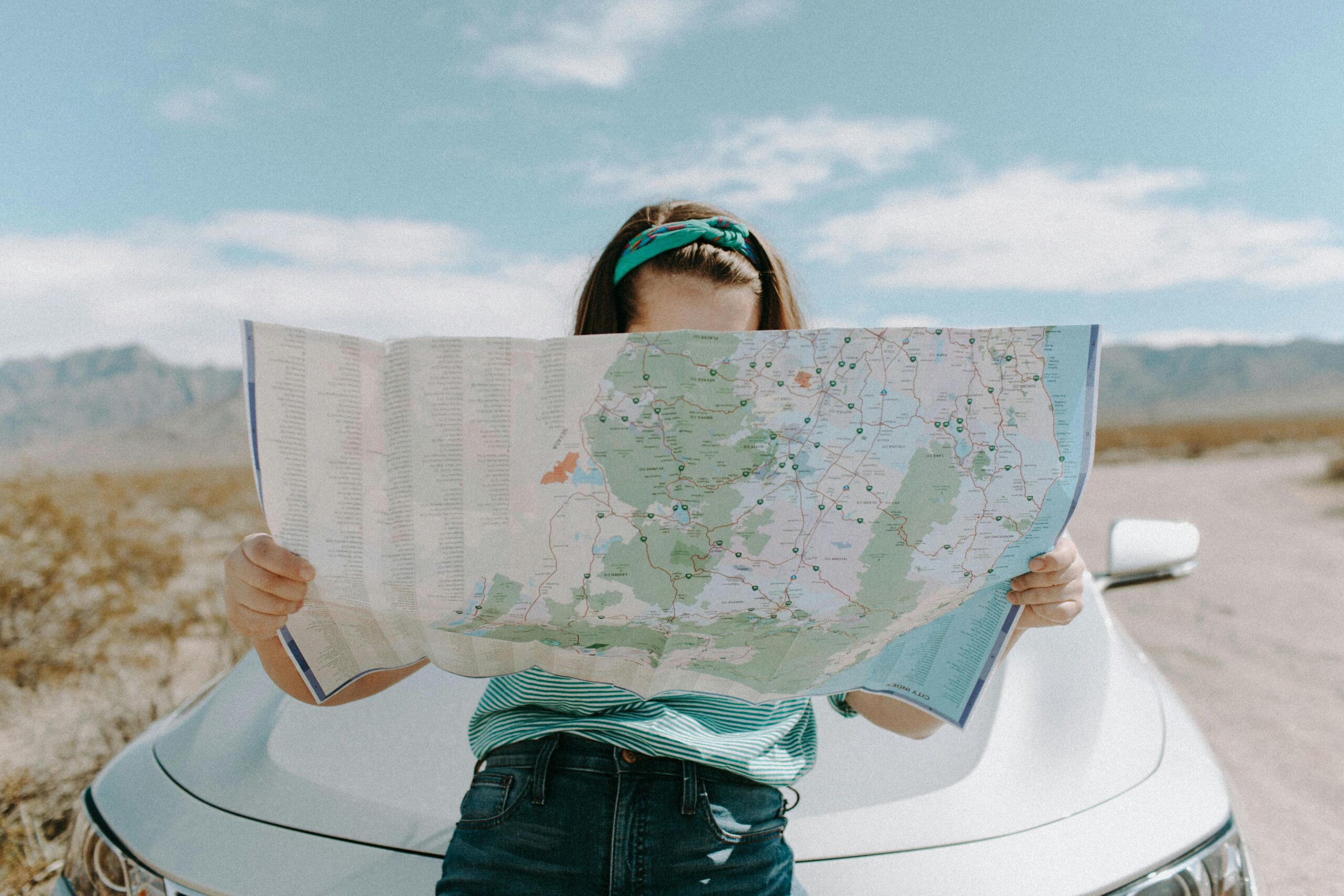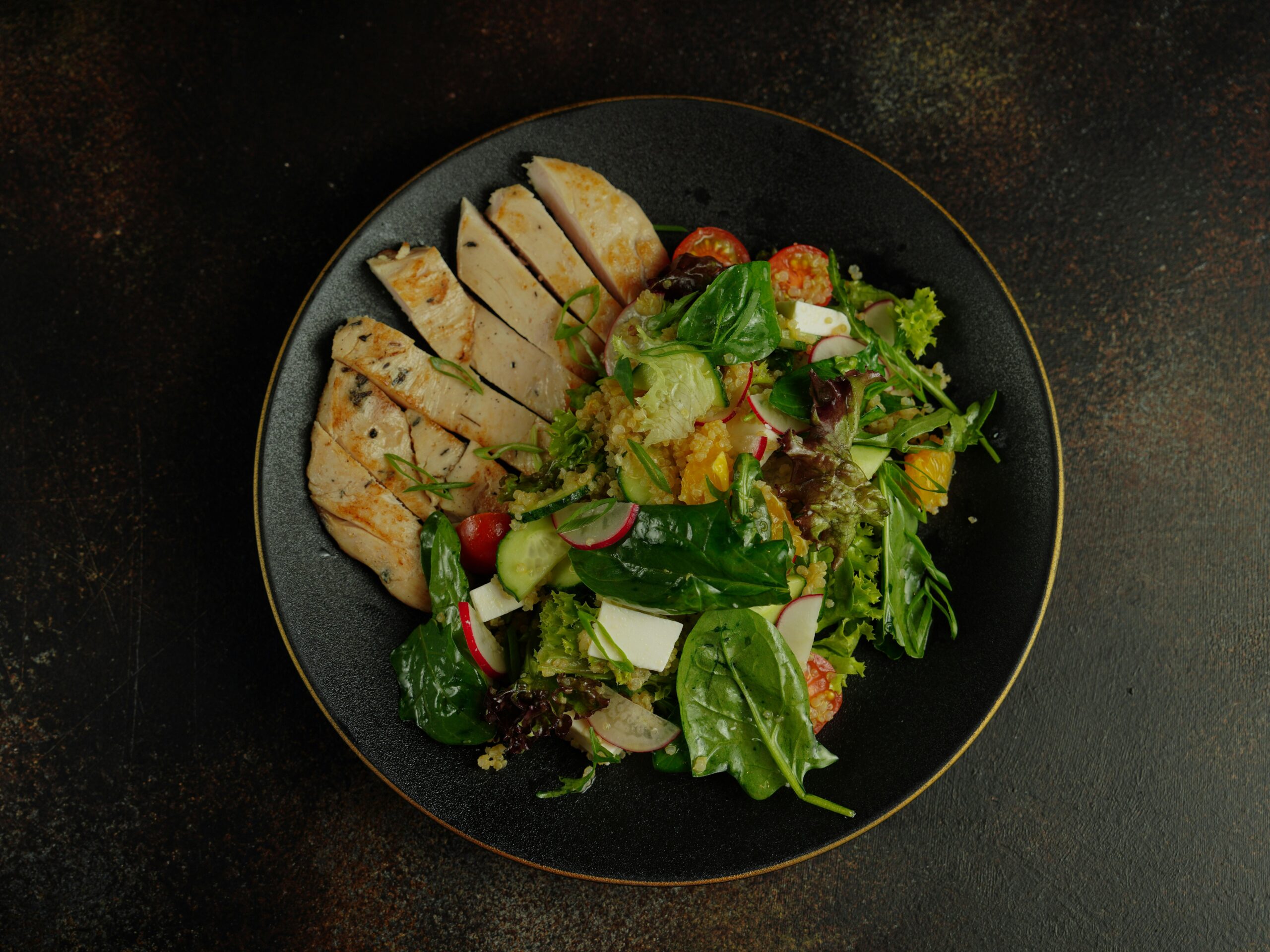There’s something timeless and thrilling about hitting the open road with a full tank of gas, good music, and a sense of adventure. Whether you’re planning a solo journey, a romantic getaway, or a fun group expedition, a well-organized road trip can be one of the most memorable experiences of your life. But to make the most of it, a bit of thoughtful planning goes a long way.
Here’s a comprehensive guide on how to plan the perfect road trip from choosing your destination to making sure your playlist is on point.
1. Choose Your Destination (or Direction)
The first step is deciding where you’re going or at least where you’re starting. Your destination can be a specific place, like a national park or coastal town, or it can be more open-ended, like exploring a certain region or route.
Ask yourself:
– How many days do you have?
– Do you prefer cities, nature, or a mix of both?
– Are you traveling during peak season or off-season?
– If you’re unsure, classic road trip routes like California’s Pacific Coast Highway, Route 66, or the Blue Ridge Parkway offer scenic drives and tons of stops along the way.
2. Map Out Your Route (But Stay Flexible)
Once you have a general idea of your destination, use apps like Google Maps or Roadtrippers to chart your path. Be sure to plan for:
– Estimated driving hours per day (try to keep it under 6–8 hours)
– Rest stops, food breaks, and fuel stations
– Interesting detours or must-see attractions
Pro Tip: Build flexibility into your schedule. Sometimes the best parts of a road trip are the unexpected small towns, local diners, or hidden trails you stumble upon along the way.
3. Set a Realistic Budget
A great road trip doesn’t need to cost a fortune, but it’s wise to plan your finances ahead of time. Consider the following:
Gas: Use a fuel cost calculator based on your car’s mileage.
Accommodation: Will you stay in hotels, motels, campgrounds, or do a mix?
Food: Decide whether you’ll mostly eat out or pack food.
Attractions: Some parks or sites have entry fees.
Emergency fund: Always set aside extra for unexpected expenses.
Apps like GasBuddy and Airbnb can help you find affordable options on the go.
4. Prep Your Vehicle
Your car is the heart of the trip take good care of it before and during your journey. Schedule a maintenance check-up and make sure:
– Oil and fluids are topped off
– Tires are properly inflated and in good shape
– Brakes, lights, and battery are functioning well
Don’t forget to bring:
– Spare tire and jack
– Jumper cables
– Emergency kit (first-aid, flashlight, water, etc.)
– Phone charger (with car adapter or power bank)
– If your car isn’t road-trip ready, consider renting a vehicle with good fuel efficiency or even a camper van for a home-on-wheels experience.
5. Pack Smart and Light
Overpacking can make your vehicle cramped and uncomfortable. Make a packing list based on the climate, length of your trip, and planned activities.
Essentials to bring:
– Comfortable clothes and shoes
– Toiletries and medications
– Snacks and refillable water bottles
– Blanket, travel pillow, and sunglasses
– Printed map or atlas (in case your GPS fails)
– Organize your gear so that the most-used items are easy to access. Packing cubes, bins, or car organizers can help keep things tidy.
6. Plan Your Stops
A road trip isn’t just about the drive it’s about the journey. To make the most of your experience, research some stops ahead of time:
– Scenic viewpoints
– Quirky roadside attractions
– Historic sites and museums
– Local eateries and diners
– Hiking trails or natural wonders
– Even small detours can lead to big memories. Don’t be afraid to pull over for a photo op or a unique roadside stand.
7. Book Lodging (Or Bring Your Tent)
Depending on your travel style, you might prefer hotels, motels, B&Bs, or camping under the stars. Booking ahead especially in busy seasons can save you stress and money.
Lodging tips:
– Use apps like Booking.com or HotelTonight for last-minute deals.
– Consider camping or van life if you’re up for an outdoor adventure.
– Look into unique stays like cabins or tiny homes for variety.
– If you’re driving a long distance, book a place about halfway through your daily drive to break up the journey and rest properly.
8. Make a Road Trip Playlist
No road trip is complete without a great soundtrack. Curate a playlist with a mix of genres, upbeat songs for daytime drives, mellow tunes for evening cruising, and nostalgic hits that bring good vibes.
You can also download:
– Podcasts
– Audiobooks
– Language lessons or travel guides
– Offline entertainment can be a lifesaver when you lose signal in remote areas.
9. Prioritize Safety and Comfort
While spontaneity is part of the fun, safety should never take a back seat. Let someone know your itinerary and check in regularly. Keep your phone charged and know where the nearest emergency services are located.
Helpful safety practices:
– Don’t drive while tired, switch drivers or take a break.
– Avoid isolated areas at night if traveling solo.
– Be mindful of local laws and speed limits.
– Use sunshades and stay hydrated in hot climates.
– Travel insurance, especially for longer or multi-state trips, is also worth considering.
10. Embrace the Unexpected
Things might not always go according to plan and that’s okay. Road construction, weather changes, or a missed turn can lead to surprising adventures. The key to a perfect road trip isn’t perfection, it’s presence.
Take time to:
– Talk to locals
– Try unfamiliar foods
– Take photos and journal your experience
– Soak in the scenery
These small moments often become the most cherished memories.
Final Thoughts: The Road Awaits
Planning a road trip may take some effort, but the payoff is huge. You’re not just going from point A to point B you’re creating a journey full of stories, discoveries, and freedom. With the right balance of preparation and flexibility, you can craft a road trip that’s both relaxing and unforgettable.
So fuel up, buckle in, and let the road lead you to new horizons. The perfect road trip isn’t about where you go it’s about what you experience along the way.



